The changing face of Glasgow's famous Kelvingrove Museum
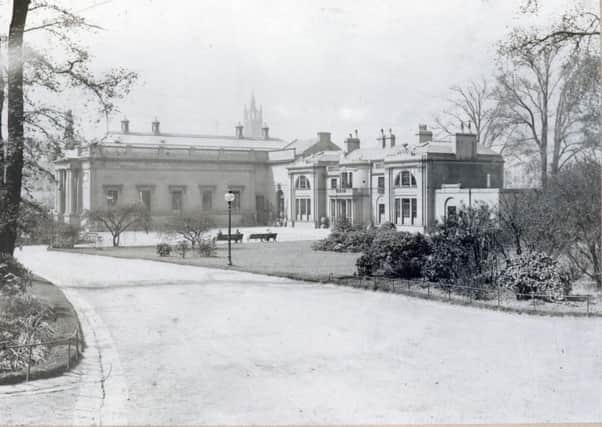

Bounded by the University of Glasgow and the tenements of the West End, it offers an oasis of greenery in the heart of Scotland’s largest city.
Kelvingrove Museum, with its great works by Dali and Renoir, remains one of the most popular tourist attractions north of the border. In 2015, more than 1.2 million people passed through its brass-plated doors.
Advertisement
Hide AdAdvertisement
Hide AdTomorrow marks 10 years since the art gallery reopened to the public after a three-year refurbishment, with a series of events planned to mark the anniversary.
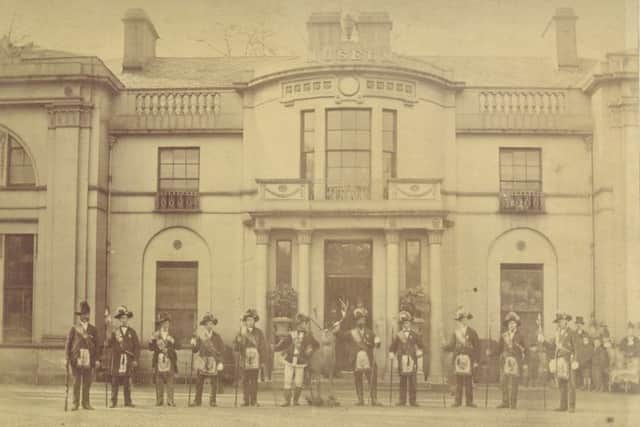

The closure of the museum in 2003 allowed a £27.9 million programme of works to be carried out. More exhibition space was added, allowing 8,000 pieces to be displayed - up from 5,000 in the old layout.
But the distinctive red sandstone building, designed in the Spanish Baroque style by Sir John W. Simpson and E.J. Milner Allen, and opened in 1901, is not the first museum to stand in the park.
Like many other public greenspaces, Kelvingrove was once a private estate and the preserve of the wealthy.
Even the name itself would have drawn blank looks from most Glaswegians until the late 19th century.
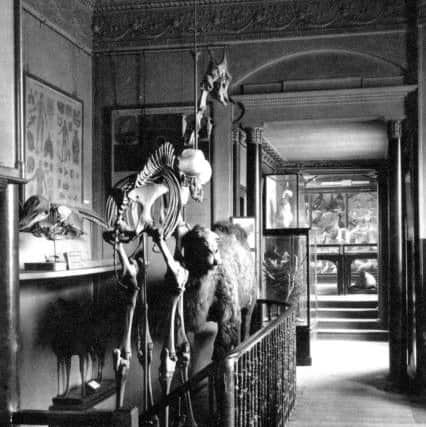

The lands were once known as Woodcroft, bordering the estates of Woodlands and Woodside. While the latter two names survive today, Woodcroft was renamed Kelvingrove by the wealthy merchant Patrick Colquhoun when he bought the estate in 1782.
This was the era of the Tobacco Lords, when businessmen flocked to Glasgow to capitalise on the city’s shipping links with the developing colonies in North America.
Advertisement
Hide AdAdvertisement
Hide AdEven by the flamboyant standards of the time, Colquhoun stood out. Orphaned at 16, he was sent by relatives to work in Virginia before returning to Scotland at 21 to establish a linen business.
He later founded the Glasgow Chamber of Commerce and was an avid statistician, realising the importance of economic date years before it was commonplace. In later life, he moved to London and established a proto-police service to crack down on thefts from ships docked in the Thames.
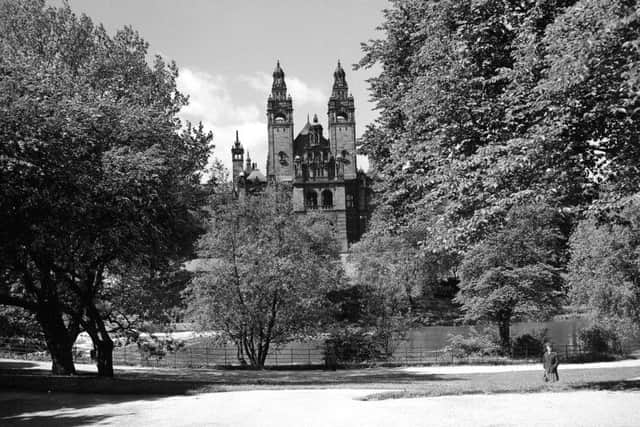

Colquhoun was named Lord Provost of Glasgow in the same year he bought Woodcroft and 12 months later moved into a new mansion built on the estate.
Kelvingrove House was an imposing two-storey pile surrounded by landscaped gardens - some of the mature trees and shrubs found in the park today date from this time.
It was this building - which stood on the site of the present-day skate park - which housed Glasgow’s first municipal museum.
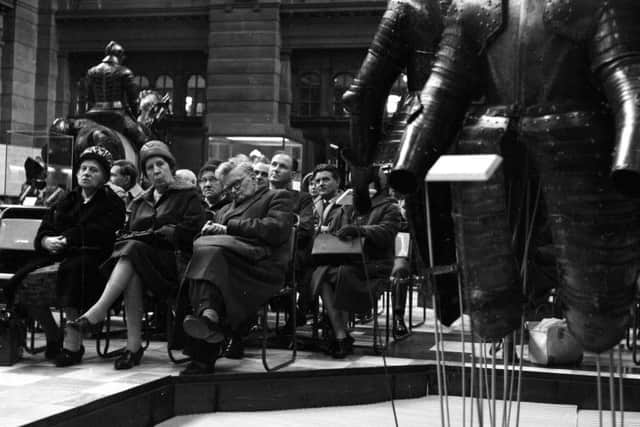

Kelvingrove House was passed between several other Glasgow merchants over the next 60 years. One owner, John Pattison, enlarged the estate by buying lands to the north, giving the present day park its rough size.
In 1852, Kelvingrove was acquired by Glasgow Town Council and plans were made to open it to the public.
Advertisement
Hide AdAdvertisement
Hide AdBy then the city was experiencing a population boom. The merchant class was moving from the overcrowded city centre to the spacious new tenements built further west.
Kelvingrove House made the ideal location for a municipal museum. It opened in 1872 and proved so popular it was extended four years later.
But Glasgow’s city fathers had far greater ambitions. In 1888, Kelvingrove Park hosted the wildly successful International Exhibition of Science, Art and Industry - the largest event of its kind to be staged outside London.
The proceeds allowed councillors to plan a far grander, purpose-built museum.
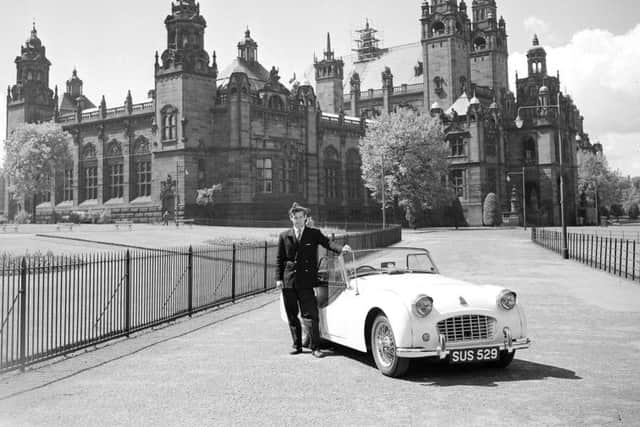

Work on the new Kelvingrove Museum was finished in time for the Glasgow International Exhibition of 1901.
Two years before, the old Kelvingrove House was flattened, the building having outlived in usefulness.
